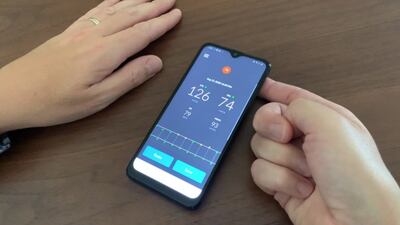












How your smart watch could be the first to detect problems in your health
Doctors can use data from a patient's wearable device to catch the initial stages of diseases such as diabetes or Parkinson's

Nick Webster
February 22, 2022
- Listen in English
- Listen in Arabic